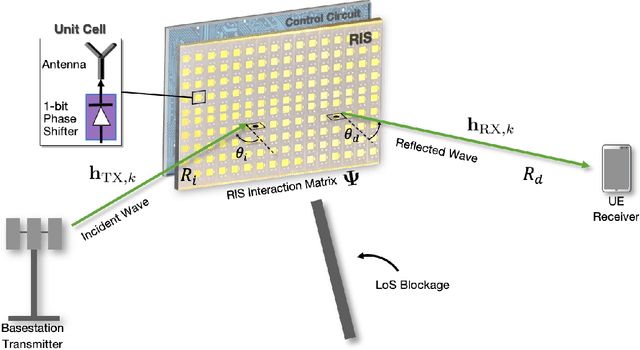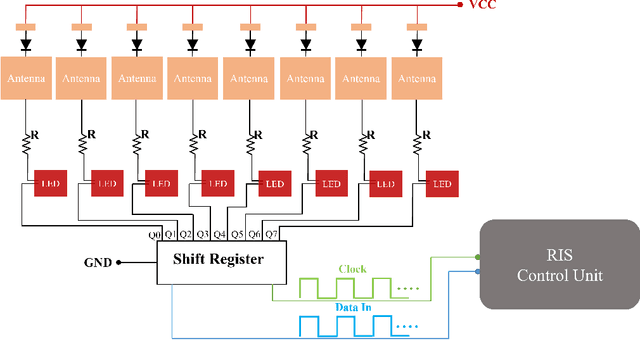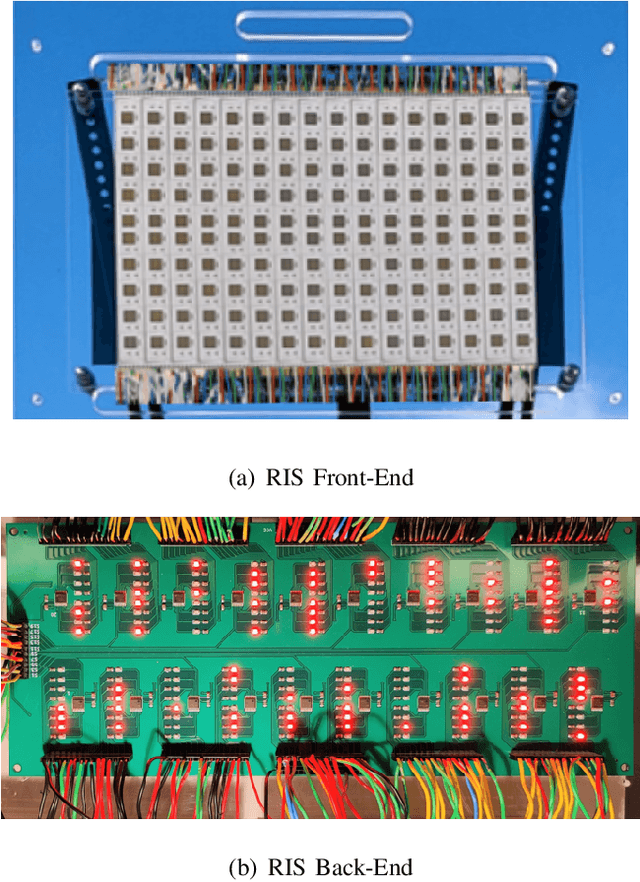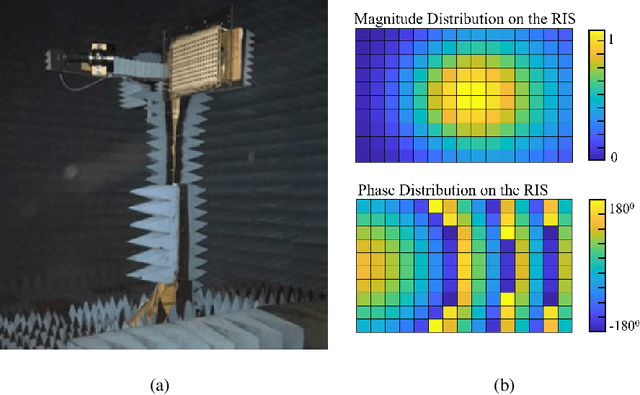Georgios C. Trichopoulos
Seeing Around Obstacles with Terahertz Waves
May 10, 2022



Abstract:Traditional imaging systems, such as the eye or cameras, image scenes that lie in the direct line-of-sight (LoS). Most objects are opaque in the optical and infrared regimes and can limit dramatically the field of view (FoV). Current approaches to see around occlusions exploit the multireflection propagation of signals from neighboring surfaces either in the microwave or the optical bands. Using lower frequency signals anatomical information is limited and images suffer from clutter while optical systems encounter diffuse scattering from most surfaces and suffer from path loss, thus limiting the imaging distance. In this work, we show that terahertz (THz) waves can be used to extend visibility to non-line-of-sight (NLoS) while combining the advantages of both spectra. The material properties and roughness of most building surfaces allow for a unique combination of both diffuse and strong specular scattering. As a result, most building surfaces behave as lossy mirrors that enable propagation paths between a THz camera and the NLoS scenes. We propose a mirror folding algorithm that tracks the multireflection propagation of THz waves to 1) correct the image from cluttering and 2) see around occlusions without a priori knowledge of the scene geometry and material properties. To validate the feasibility of the proposed NLoS imaging approach, we carried out a numerical analysis and developed two THz imaging systems to demonstrate real-world NLoS imaging experiments in sub-THz bands (270-300 GHz). The results show the capability of THz radar imaging systems to recover both the geometry and pose of LoS and NLoS objects with centimeter-scale resolution in various multipath propagation scenarios. THz NLoS imaging can operate in low visibility conditions (e.g., night, strong ambient light, smoke) and uses computationally inexpensive image reconstruction algorithms.
Design and Evaluation of Reconfigurable Intelligent Surfaces in Real-World Environment
Sep 16, 2021



Abstract:Reconfigurable intelligent surfaces (RISs) have promising coverage and data rate gains for wireless communication systems in 5G and beyond. Prior work has mainly focused on analyzing the performance of these surfaces using computer simulations or lab-level prototypes. To draw accurate insights about the actual performance of these systems, this paper develops an RIS proof-of-concept prototype and extensively evaluates its potential gains in the field and under realistic wireless communication settings. In particular, a 160-element reconfigurable surface, operating at a 5.8GHz band, is first designed, fabricated, and accurately measured in the anechoic chamber. This surface is then integrated into a wireless communication system and the beamforming gains, path-loss, and coverage improvements are evaluated in realistic outdoor communication scenarios. When both the transmitter and receiver employ directional antennas and with 5m and 10m distances between the transmitter-RIS and RIS-receiver, the developed RIS achieves $15$-$20$dB gain in the signal-to-noise ratio (SNR) in a range of $\pm60^\circ$ beamforming angles. In terms of coverage, and considering a far-field experiment with a blockage between a base station and a grid of mobile users and with an average distance of $35m$ between base station (BS) and the user (through the RIS), the RIS provides an average SNR improvement of $6$dB (max $8$dB) within an area $> 75$m$^2$. Thanks to the scalable RIS design, these SNR gains can be directly increased with larger RIS areas. For example, a 1,600-element RIS with the same design is expected to provide around $26$dB SNR gain for a similar deployment. These results, among others, draw useful insights into the design and performance of RIS systems and provide an important proof for their potential gains in real-world far-field wireless communication environments.
 Add to Chrome
Add to Chrome Add to Firefox
Add to Firefox Add to Edge
Add to Edge